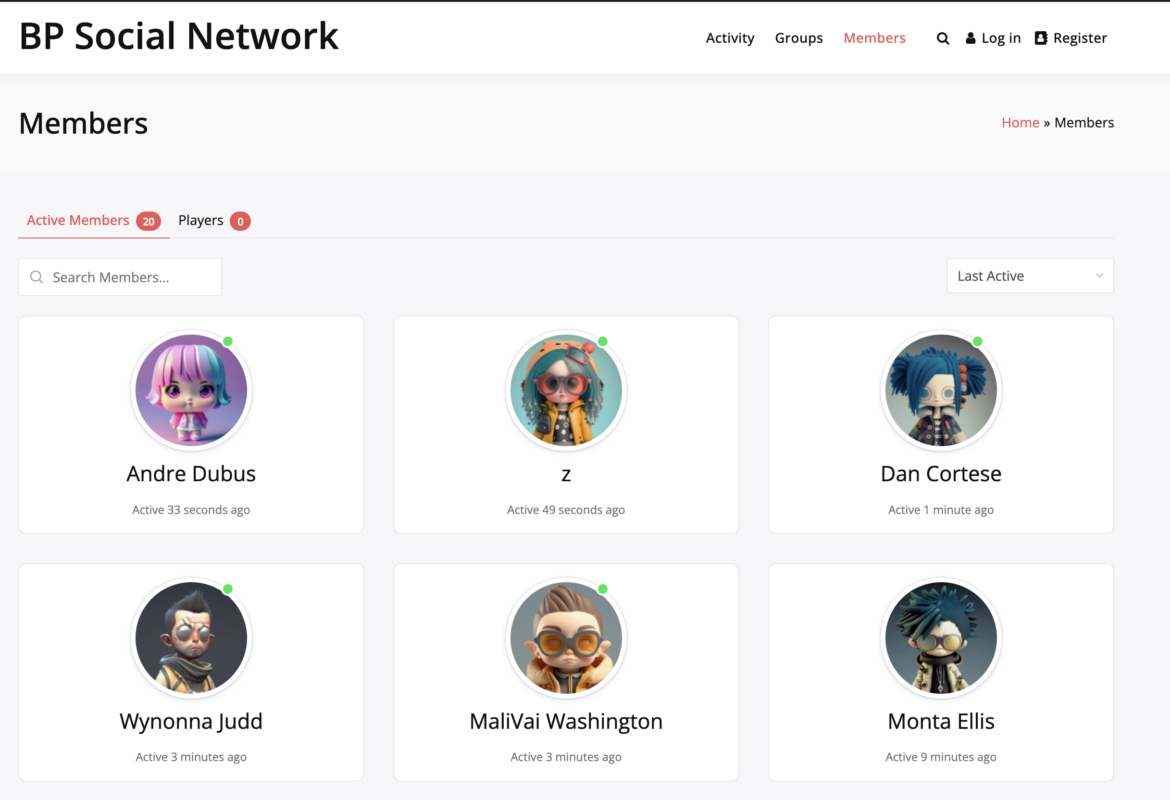With medical technology advancing at a rapid pace and healthcare costs continuing to rise, there is no doubt that the future of medicine is changing. Telemedicine is one of the biggest trends in healthcare right now, with telemedicine platforms making it easier than ever for patients to access remote care. Some of these platforms have already begun integrating artificial intelligence (AI) into their services as well. This can mean faster diagnoses, more accurate treatment plans, and even better outcomes for patients who use them.
Create a Community Website
Checkout BuddyX Theme Demos
Buy the BuddyX Pro theme and Community Bundle Addons and create a highly engaging community platform Today!


Table of Contents
ToggleThe Need for Telemedicine- Telemedicine Platforms
As the world becomes increasingly connected, there is an increased need for telemedicine. In fact, it’s not just about being able to see your doctor via video chat or have them remotely monitor your health it’s about being able to do so when you need it most.
Imagine a post-pandemic world where people are on their own and resources are scarce. Imagine that you’re out in the wilderness somewhere with no access to medical care (or even clean water). What would happen if someone got injured or sick? Could they get help quickly enough? Would someone die because they couldn’t get treatment fast enough?
This is where telemedicine plays a critical role. With a white-label telemedicine platform, like the one offered by Trembit, healthcare services can be accessible from virtually anywhere, ensuring that even in remote or challenging environments, individuals can receive the medical attention they need. These platforms enable secure and immediate connections with healthcare professionals, potentially saving lives and improving overall healthcare accessibility.
Medical professionals equipped with MBBS degrees, symbolizing a Bachelor of Medicine, or Bachelor of Surgery, are at the forefront of harnessing telemedicine platforms to revolutionize healthcare, providing remote consultations and shaping the future of medical practice.
Key Features and Functionalities
Telemedicine platforms are software-as-a-service (SaaS) applications that enable physicians to connect with patients using a variety of devices. The platform is hosted by the vendor, so the physician does not need to purchase or maintain any equipment.
The following are key features and functionality that telemedicine platforms must provide:
- Ability to connect multiple parties in real-time through video conferencing, messaging, and voice calls;
- Integration with electronic medical records systems;
- Secure transmission of PHI over an encrypted network connection;
- Ability to access patients’ previous medical records;
- Ability to create patient profiles, which include demographic information and health history;
- Ability to schedule appointments and manage wait times;
- Availability on multiple platforms (i.e., desktop, mobile device);
- Integration with lab testing services so that results can be transmitted in real-time.
Also Read: Top 9 Doctor’s Appointment Reminder Software
Telemedicine Technologies
Telemedicine is the delivery of health care services to patients through telecommunications and information technology. This has been around for decades, but it’s still an emerging field. Many technologies allow us to provide care remotely, including teleconferencing, video conferencing, and instant messaging platforms like Skype or Slack.
Telemedicine has been used as a way to provide care to people who otherwise would not have access – think rural areas without enough doctors on staff at local hospitals. It also helps those who live far away from their primary care physicians or specialists because they can connect with them via phone calls or video chats instead of making long trips back home (or even worse: having no choice but to go through another procedure).
Telemedicine not only bridges geographical gaps but also introduces efficiencies in how care is administered, making it a crucial element of healthcare innovation. One area seeing significant improvement through such innovations is healthcare revenue management, ensuring that the financial aspects of care delivery are as streamlined and effective as the medical services provided. This integration helps healthcare providers manage their finances more effectively while continuing to offer high-quality care to their patients, regardless of distance.
Trembit.com offers white-label telemedicine platform solutions that empower healthcare providers and organizations to deliver high-quality medical services through secure and convenient telecommunication tools.
Telemedicine and Patient Privacy
Telemedicine is safe and secure.
Patient privacy is a top priority for all healthcare providers, but it’s especially important when you consider how much time we spend online today. Patients have the right to their information and should be able to choose who can see it and what parts of it they want others to see. This is why telemedicine platforms are designed with patient privacy in mind: they allow you to keep your medical data private while still receiving treatment from doctors thousands of miles away (or even across town).
How can I protect my patient’s privacy when using telemedicine?
You can use two simple methods as part of this process: encryption and authentication. Encryption protects your data by making sure only those who have been granted access can read it; authentication ensures that only authorized people get access in the first place!
Also Read: Understanding The Roles And Benefits Of Learning Management Systems In Healthcare Industry
Telemedicine in a Post-Pandemic World
Telemedicine is an important part of the post-pandemic world. It can help people get the care they need, stay healthy, and recover from illness.
In a pandemic situation where many doctors and nurses are sick or dead, telemedicine allows for remote diagnosis and treatment of patients who couldn’t otherwise access healthcare services due to distance or accessibility issues (e.g., those living in rural areas). If you’re worried about getting sick yourself during an outbreak or after one subsides, telemedicine could also be an option for you: it lets you consult with a doctor without having to travel into town or even out of your house!
The future of telemedicine is bright, but there are still many hurdles to overcome. The biggest challenge facing the industry is patient privacy. There are also concerns about how to regulate this new type of care and make sure it’s safe for all patients. However, with continued research into how technology like AI can help doctors make better diagnoses and improve patient care, telemedicine will continue growing in popularity among healthcare providers around the world!
Interesting Reads:






